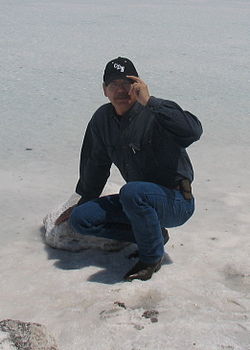
The Blackfoot Confederacy, Niitsitapi, or Siksikaitsitapi, is a historic collective name for linguistically related groups that make up the Blackfoot or Blackfeet people: the Siksika ("Blackfoot"), the Kainai or Blood, and two sections of the Peigan or Piikani – the Northern Piikani (Aapátohsipikáni) and the Southern Piikani. Broader definitions include groups such as the Tsúùtínà (Sarcee) and A'aninin who spoke quite different languages but allied with or joined the Blackfoot Confederacy.

Rocky Boy's Indian Reservation is one of seven Native American reservations in the U.S. state of Montana. Established by an act of Congress on September 7, 1916, it was named after Ahsiniiwin, the chief of the Chippewa band, who had died a few months earlier. It was established for landless Chippewa (Ojibwe) Indians in the American West, but within a short period of time many Cree (Nēhiyaw) and Métis were also settled there. Today the Cree outnumber the Chippewa on the reservation. The Bureau of Indian Affairs (BIA) recognizes it as the Chippewa Cree Reservation.
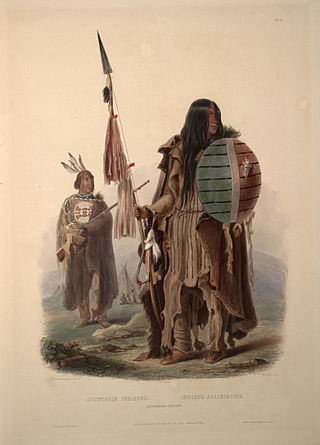
The Assiniboine or Assiniboin people, also known as the Hohe and known by the endonym Nakota, are a First Nations/Native American people originally from the Northern Great Plains of North America.

The Frog Lake Massacre was part of the Cree uprising during the North-West Rebellion in western Canada. Led by Wandering Spirit, young Cree men attacked officials, clergy and settlers in the small settlement of Frog Lake in the District of Saskatchewan in the North-West Territories on 2 April 1885. Nine settlers were killed in the incident.
Robert Boyer was a Canadian visual artist and university professor of aboriginal heritage. He was a Métis Cree artist known for his politically charged abstract paintings.

Rebecca Belmore D.F.A. is an interdisciplinary Anishinaabekwe artist who is notable for politically conscious and socially aware performance and installation work. She is Ojibwe and member of Obishikokaang. Belmore currently lives in Toronto, Ontario.
David B. Williams is a noted Canadian Ojibway aboriginal artist.
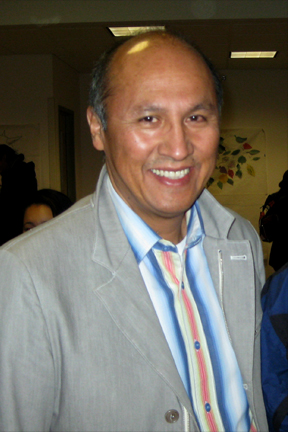
Gerald Raymond McMaster is a curator, artist, and author and a Plains Cree member of the Siksika Nation. McMaster is a professor at OCAD University and is the adjunct curator at the Remai Modern in Saskatoon, Saskatchewan.
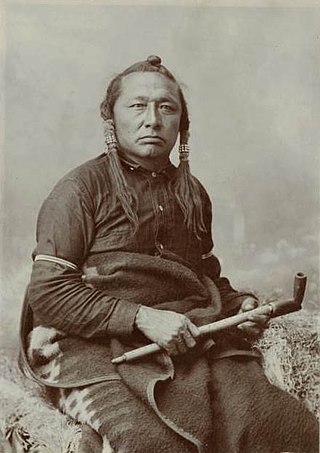
Little Bear was a Cree leader who lived in the District of Alberta, Idaho Territory, Montana Territory, and District of Saskatchewan regions of Canada and the United States, in the 19th and early 20th centuries. He is known for his participation in the 1885 North-West Rebellion, which was fought in Alberta and Saskatchewan.
The Iron Confederacy or Iron Confederation was a political and military alliance of Plains Indians of what is now Western Canada and the northern United States. This confederacy included various individual bands that formed political, hunting and military alliances in defense against common enemies. The ethnic groups that made up the Confederacy were the branches of the Cree that moved onto the Great Plains around 1740, the Saulteaux, the Nakoda or Stoney people also called Pwat or Assiniboine, and the Métis and Haudenosaunee. The Confederacy rose to predominance on the northern Plains during the height of the North American fur trade when they operated as middlemen controlling the flow of European goods, particularly guns and ammunition, to other Indigenous nations, and the flow of furs to the Hudson's Bay Company (HBC) and North West Company (NWC) trading posts. Its peoples later also played a major part in the bison (buffalo) hunt, and the pemmican trade. The decline of the fur trade and the collapse of the bison herds sapped the power of the Confederacy after the 1860s, and it could no longer act as a barrier to U.S. and Canadian expansion.
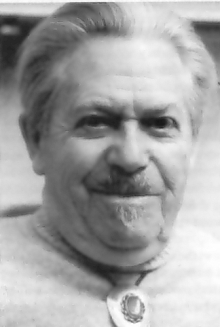
Illingworth "Buck" Kerr was a Canadian painter, illustrator and writer. He is best known for his landscape paintings of the Saskatchewan and Alberta prairies and foothills.
Edward Poitras is a Métis artist based in Saskatchewan. His work, mixed-media sculptures and installations, explores the themes of history, treaties, colonialism, and life both in urban spaces and nature.
Ruth Cuthand D.F.A. is a Canadian artist of Plains Cree and Scots ancestry. She is considered an influential feminist artist of the Canadian prairies, and is lauded for her interpretation of racism and colonialism. Her work challenges mainstream perspectives on colonialism and the relationships between settlers and Indigenous people in a practice marked by political invective, humour, and a deliberate crudeness of style.
Ann Harbuz (Napastiuk) was a Canadian artist. A self-taught artist, she is known for folk art painting depicting 20th-century Canadian Ukrainian prairie perspectives. She drew inspiration from her rural and Ukrainian origins in Western Canada, reflecting her very personal vision of the social life of her community, a vision which is a combination of memories, dreams and reality. While her art career began late in life, she produced more than 1000 paintings and painted objects.
Carmen L. Robertson is a writer and scholar of art history and indigenous peoples. She was born in Balcarres, Saskatchewan, of Lakota and Scottish ancestry. She is Canada Research Chair in North American Art and Material Culture in the Faculty of Arts and Social Sciences at Carleton University. Before joining Carleton, Robertson was an associate professor in the Faculty of Media, Art & Performance at the University of Regina (2006-2012). She also served as the Indian Fine Arts department head at the First Nations University of Canada where she taught from 2000-2006. A number of Robertson's writings focus on the Aboriginal Canadian artist Norval Morrisseau. She is past president of the Native Heritage Foundation of Canada.
Sandra Semchuk is a Canadian photographic artist.
Morgan Wood is a curator and artist who is Stony Mountain Cree. Her family is from the Michel Callihou Band in Alberta and her great-grandmother was Victoria Callihou. Wood received a Bachelor of Indian Art from the First Nations University of Canada, at the University of Regina in Regina, Saskatchewan.
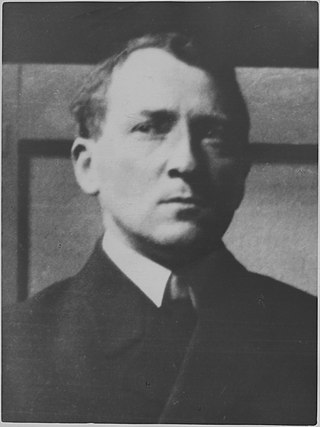
Edmund Montague Morris (1871-1913), was a Canadian painter and pastelist who recorded the First Nations in paint and photographs and collected their artifacts. He was the son of Alexander Morris, Lieutenant Governor of Manitoba and the Northwest Territories. He both co-founded the Canadian Art Club and authored an early book on Canadian art, Art in Canada: the early painters (1911?).
Jeff Thomas (1956) is an Iroquois photographer, curator, and cultural theorist who works and lives in Ottawa, Ontario.
Amy Malbeuf is a Canadian-Métis visual artist, educator, and cultural tattoo practitioner born in Rich Lake, Alberta.
